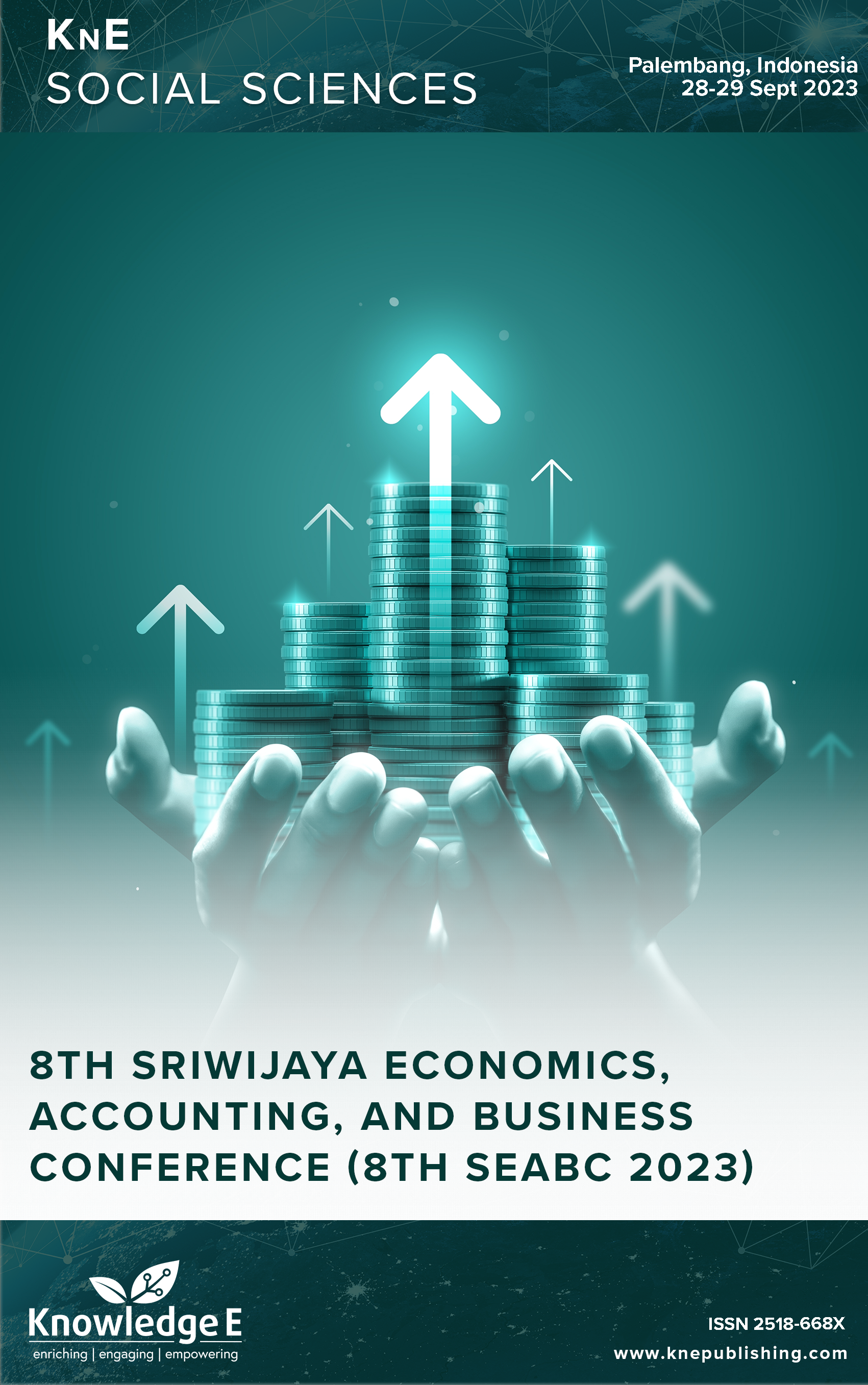Navigating the Aftermath: Exploring Business Decision-Making and Family Recovery in Palu, Sulawesi, Indonesia, After a Natural Disaster
DOI:
https://doi.org/10.18502/kss.v9i14.16147Abstract
This qualitative case study examines the decision-making process of a family that experienced a natural disaster in Palu. The participants of the study were Mr. FP, the head of the family, and his wife, Mrs. VP. Primary data was collected through in-depth interviews with FP and VP conducted by relatives who witnessed the family’s gradual recovery. Additionally, supporting data was gathered through data mining, including pre -and post-disaster photographs. The family, like many others, faced an unpredictable and devastating event that not only resulted in the loss of their main source of livelihood but also inflicted deep trauma. The study aimed to delve into this family’s experiences when confronted with an unexpected disaster, exploring the impact they faced, the recovery process they undertook, and the factors influencing their decision-making, with particular emphasis on the head of the family. The head of the family played a vital role in family dynamics, making their decision-making process of great importance. The primary objective of this research was to gain a deeper understanding of the experiences of family members, particularly the head of the family, as they navigate the challenges of post-disaster recovery, specifically focusing on decision-making in economics and finances. By comprehending their experiences and decisions, the study sought to shed light on how families can rebuild their lives, particularly in terms of achieving economic and financial stability. Narrative analysis was employed in this study, as it allowed for an exploration of the experiences and decision-making of natural disaster survivors in a subjective and unrestrictive manner. This analysis enabled the capturing of the narratives shared by Mr. FP and Mrs. VP, the main informants, and facilitated the interpretation of supporting documents. Consequently, the collected data yielded rich and in-depth insights, further strengthening the findings of this research.
Keywords: resilient decision-making, natural disaster, family economy, recovery process, qualitative case study
References
UNESCO. The Indian Ocean tsunami: The global response to a natural disaster. Paris, France: United Nations Educational, Scientific and Cultural Organization.
Paton D, Smith L, Johnston D. When good intentions turn bad: promoting natural hazard preparedness. Aust J Emerg Manag. 2008;23:33–8.
Morrow BH. Identifying and mapping community vulnerability. Disasters. 1999 Mar;23(1):1–18. DOI: https://doi.org/10.1111/1467-7717.00102
Johnson C, Slovic P. Decision Making in Post-Disaster Contexts: Understanding and Addressing the Emotional and Psychological Dimensions. J Appl Soc Psychol. 2020;50:92–101.
Norris FH, Stevens SP, Pfefferbaum B, Wyche KF, Pfefferbaum RL. Community resilience as a metaphor, theory, set of capacities, and strategy for disaster readiness. Am J Community Psychol. 2008 Mar;41(1-2):127–50. DOI: https://doi.org/10.1007/s10464-007-9156-6
Carpenter S. Economic impacts of natural disasters. J Econ Surv. 2012;26:211–34.
Smith, G., Toya, H., & Zyla K. The effects of natural disasters on economic activity in US counties: A century of data. J Urban Econ.2020 ;118(103257). DOI: https://doi.org/10.1016/j.jue.2020.103257
Johnson KM, Williams SM. Family resilience during natural disasters: A mixedmethods analysis. J Fam Psychol. 2018;32:815–25.
Aldrich DP, Meyer MA. Social Capital and Community Resilience. Am Behav Sci. 2015;59(2):254–69. DOI: https://doi.org/10.1177/0002764214550299
Yin RK. Case Study Research and Applications: Design and Methods. 6th ed. Sage Publication, Inc; 2018.
Guest G, Namey E, Chen M. A simple method to assess and report thematic saturation in qualitative research. PLoS One. 2020 May;15(5):e0232076. ; Epub ahead of print. DOI: https://doi.org/10.1371/journal.pone.0232076
Fontana A, Frey JH. The interview: From structured questions to negotiated text. In: The Sage Handbook of Qualitative Research. Sage Publications, 2005, pp. 645–672.
Wiles R, Coffey A, Robison J, Prosser J. Visualizing research: A guide to the research process in art and design. Ashgate Publishing; 2012.
Lambert VA, Lambert CE. Qualitative descriptive research: an acceptable design. Pac Rim Int J Nurs Res Thail. 2012;16(4):255–6.
Vaismoradi M, Turunen H, Bondas T. Content analysis and thematic analysis: implications for conducting a qualitative descriptive study. Nurs Health Sci. 2013 Sep;15(3):398–405. DOI: https://doi.org/10.1111/nhs.12048
Riessman CK. Narrative methods for the human sciences. Sage Publications; 2008.
Moleong LJ. Metodologi Penelitian Kualitatif. Edisi revi. PT Remaja Rosdakarya; 2018.
Creswell JW. Penelitian kualitatif & desain riset : memilih nces diantara lima pendekatan. Pustaka Pelajar, Available from: opac.perpusnas.go.id. 2015.

